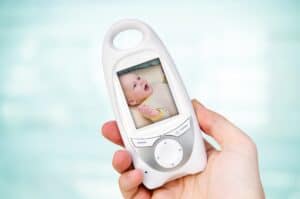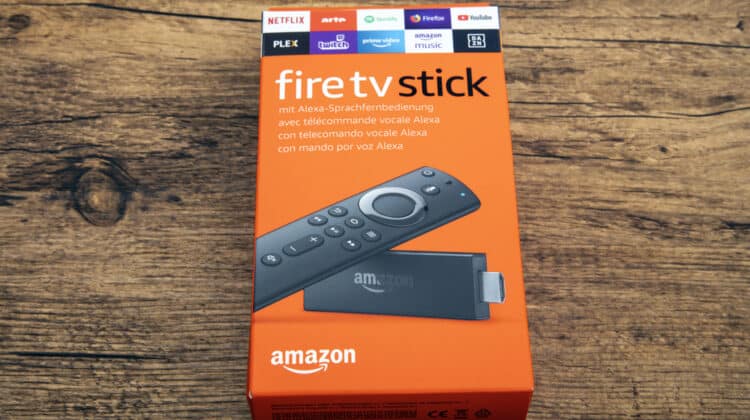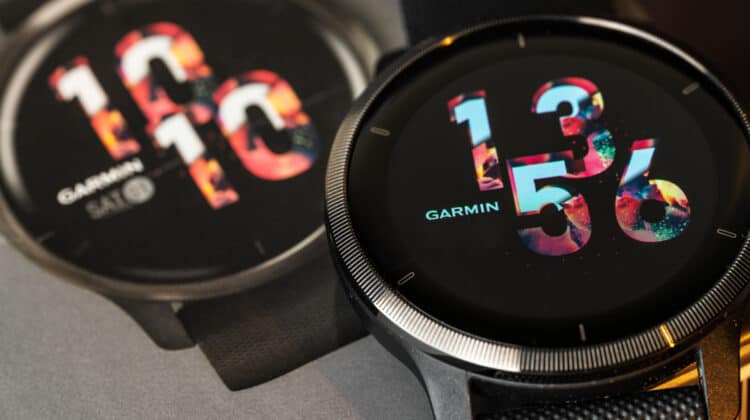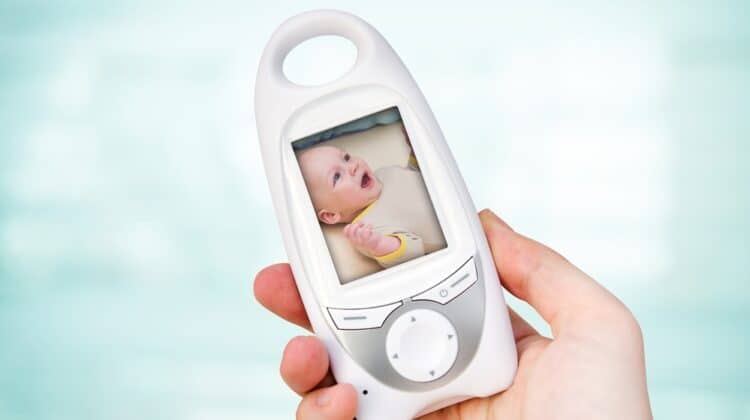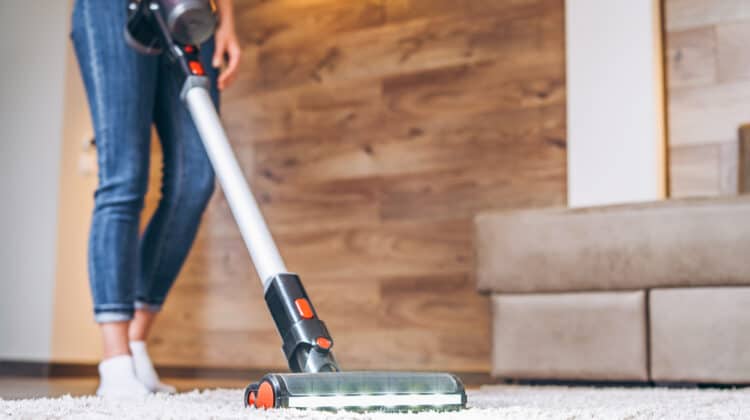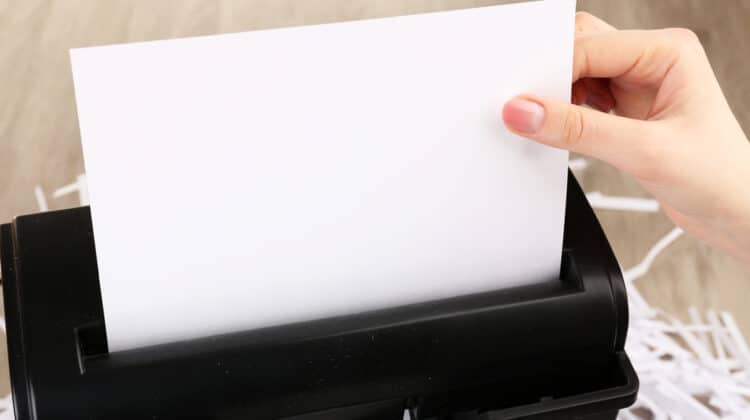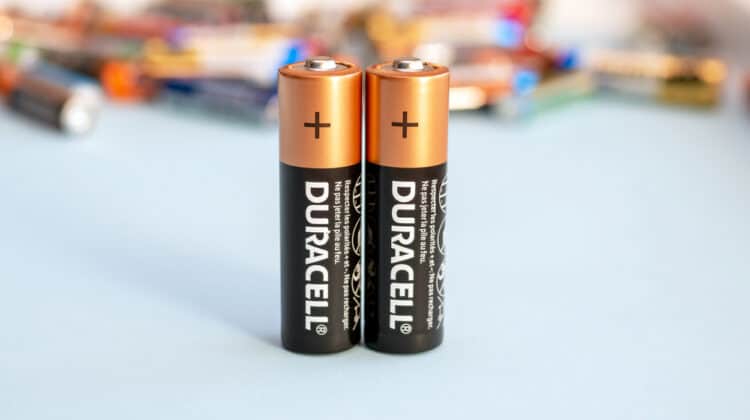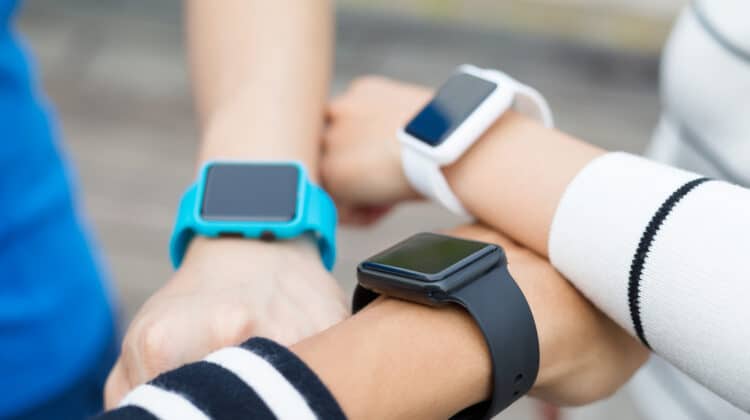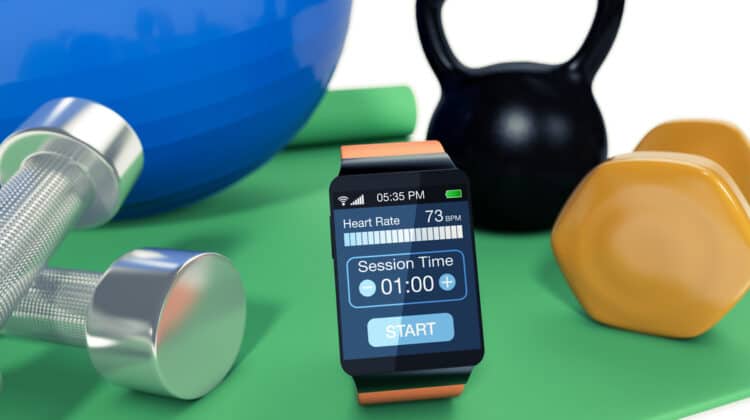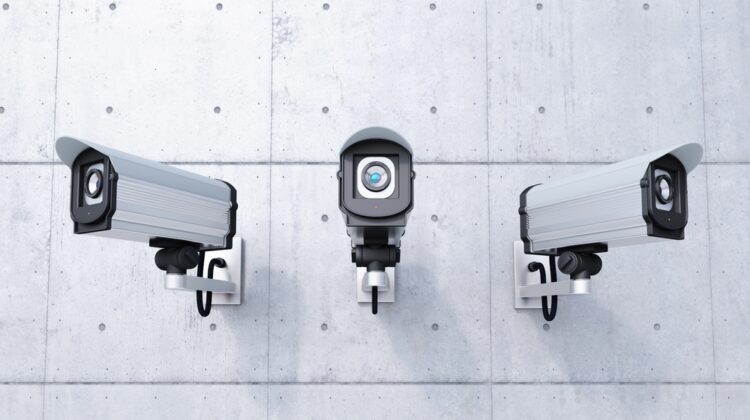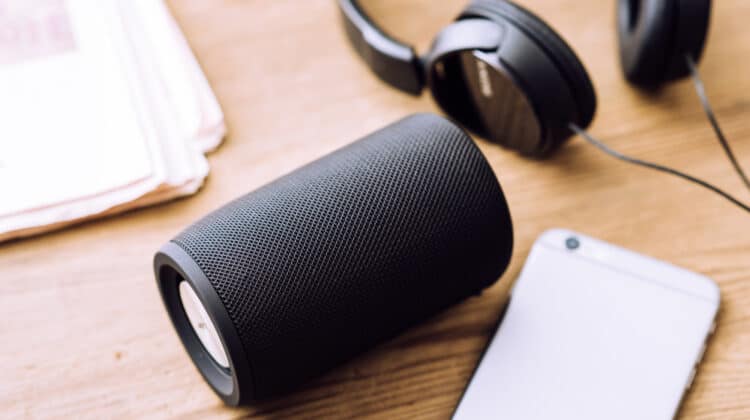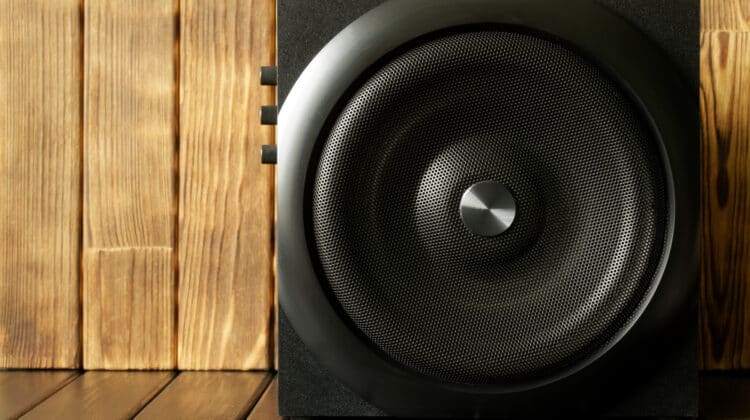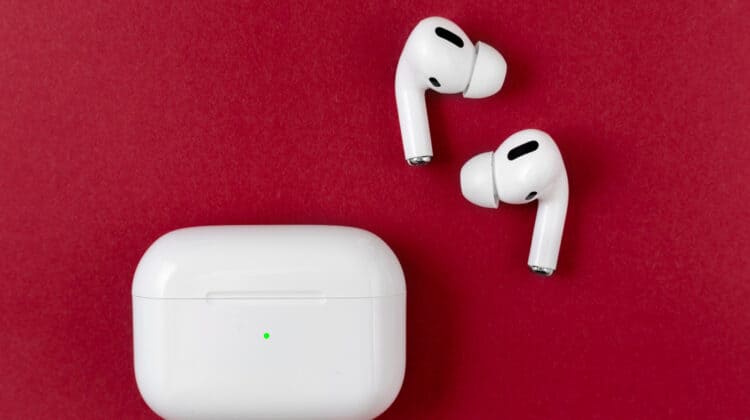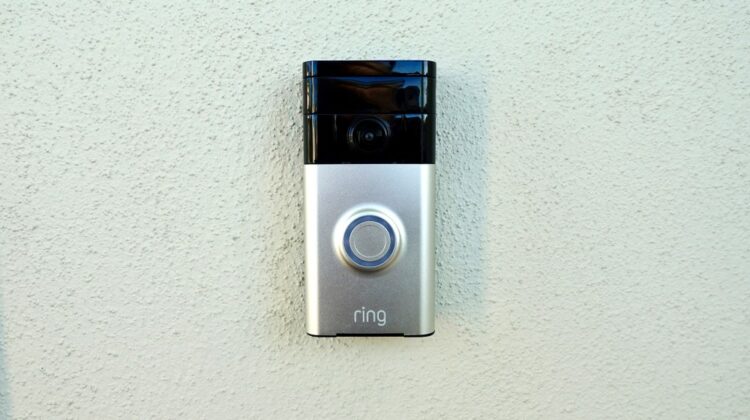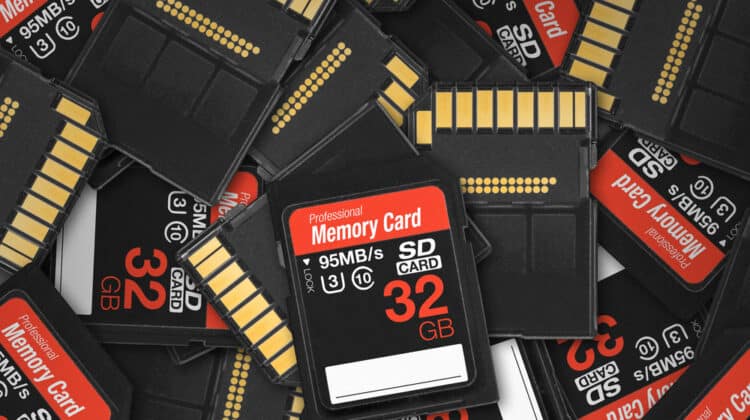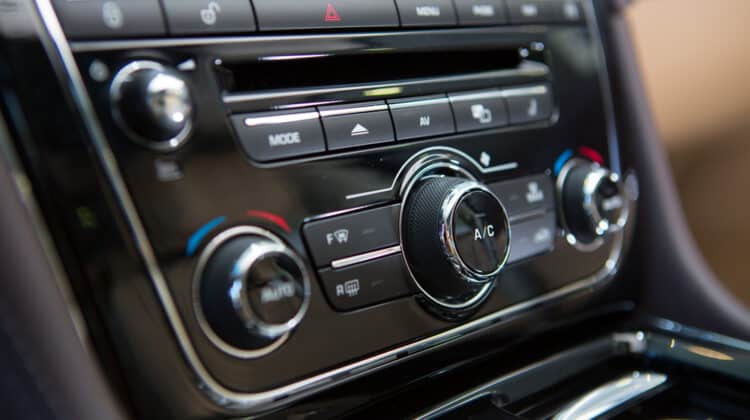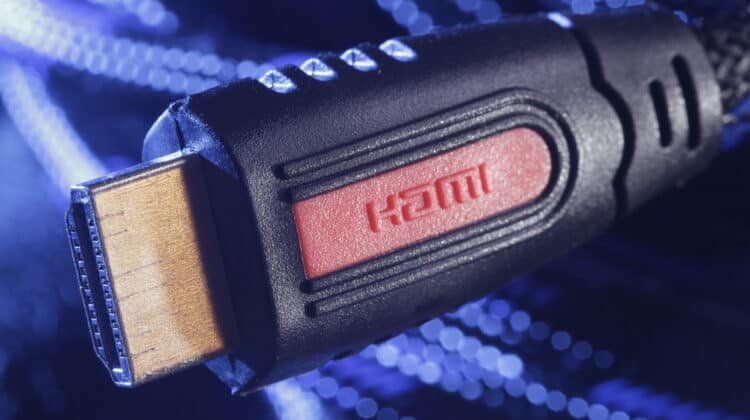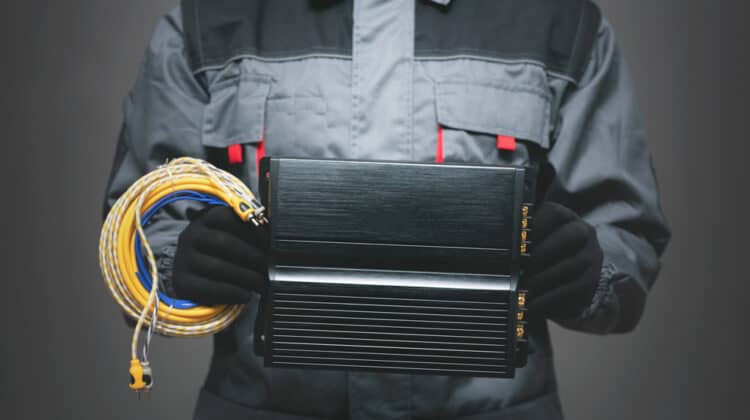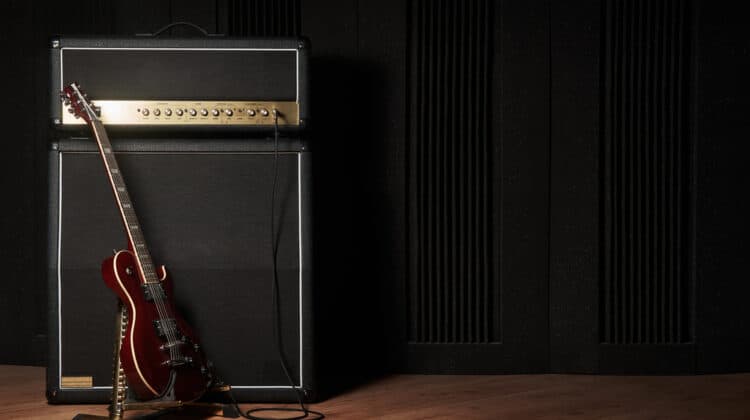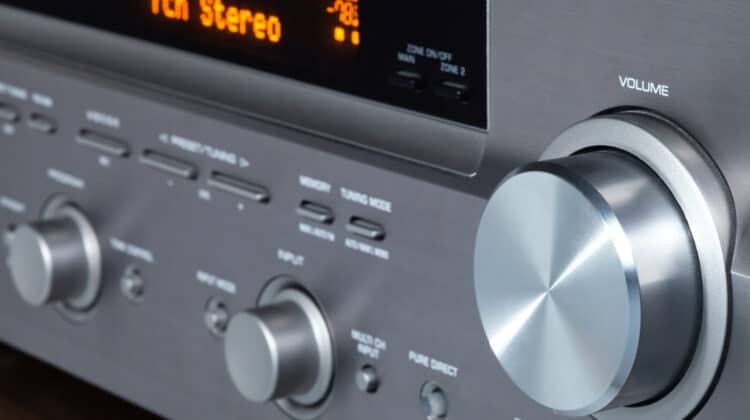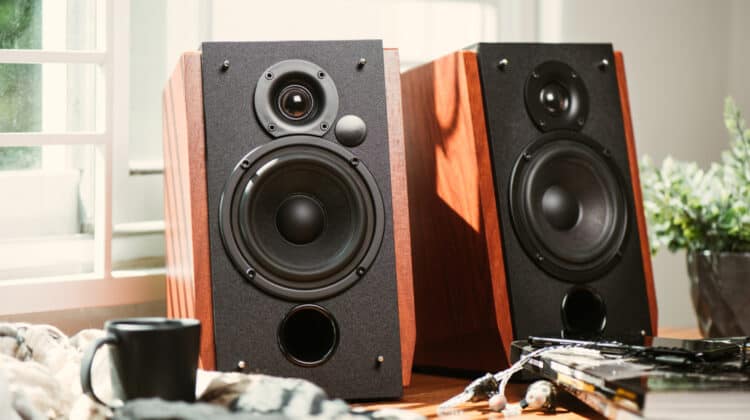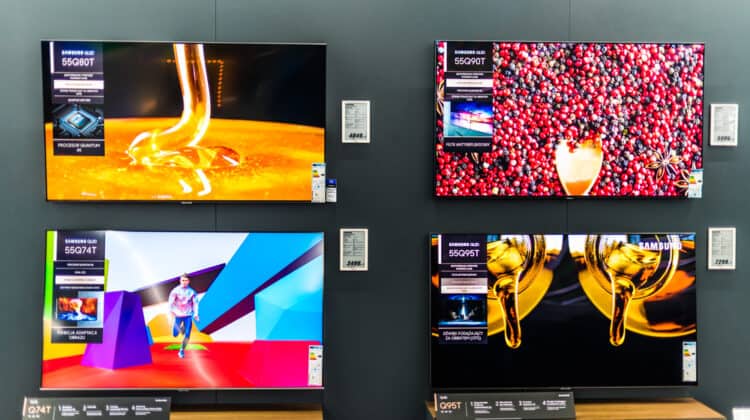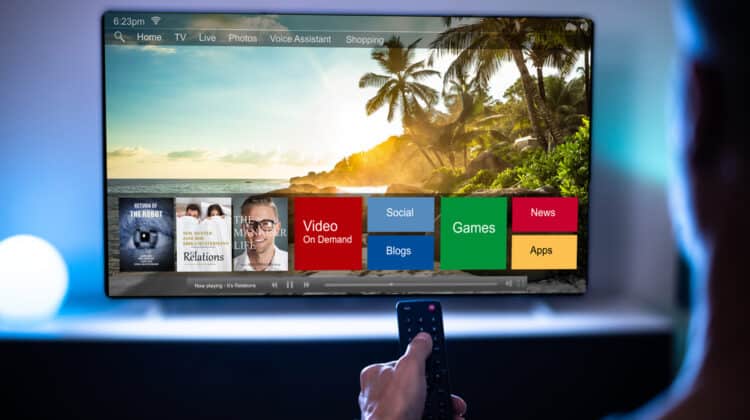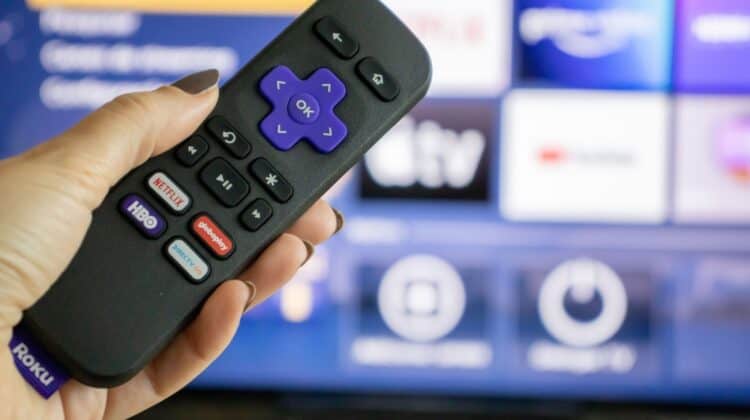
No matter how expensive and high-quality your headphones are, they’re bound to break at some point.
However, it’s frustrating to see the headphones you purchased only a year ago break or fail to produce crisp, high-fidelity audio.
If you break the bank to pay for a state-of-the-art set of headphones, you should know how long you’ll likely be able to keep them.
How Long Do Headphones Last?

Most headphones last 3-5 years, but some can last for up to ten years.
Your headphone’s lifespan depends on the materials used to make them and the brand, with cheaper models lasting less time than more reliable ones.
Their lifespan also depends on the type of headphones, with over-the-ear headphones generally lasting longer than in-ear types.
Generally speaking, headphones are subject to little natural wear and tear, giving them a long lifespan.
However, they’re significantly affected by your use habits, prolonged use, and even physical conditions.
In addition, different parts of the headphones are subject to more wear and tear than others.
Regardless, if you take good care of them, you can extend their lifespan past the average.
What Affects A Headphone’s Lifespan?

Like any other electronics, headphones are subject to outside factors that can shorten their lifespan.
Because they’re small objects that we carry everywhere, we tend to abuse them, throw them around, or keep them in less-than-ideal places.
All these factors can affect your headphones’ life expectancy.
Below are the factors that can affect your headphones’ longevity.
1. Physical Damage

Physical damage is arguably the number one factor that shortens headphones’ lifespan.
Thanks to their design and the fact that they are often an everyday use item, headphones are subject to all kinds of physical damage.
They fall out of pockets, get walked on, or get caught on other objects.
Wired headphones are more likely to get damaged because their cables can get tugged or tangled, leading to further damage.
2. Build Quality And Materials

Paying for a top-of-the-line, expensive pair of headphones isn’t only for getting the latest technology and the best sound output.
More expensive headphones are also made of high-quality materials and parts—such as reinforced cords and water-resistant coating—that last longer and are less prone to damage.
Cheap headphones that come with your smartphone or music player are made of low-quality materials like plastic and are not designed for heavy use.
So, they’re more likely to last less than a year.
High-quality materials ensure the cables can bear constant wear and tear and that the internal components don’t come off with the slightest amount of pressure.
Plus, a high build quality means that the parts stick together to make a sturdy structure.
Internal wiring, padding, drivers, and cable connections are essential indicators of build quality that determine your headphones’ longevity.
However, this doesn’t necessarily mean that expensive brands are always durable.
You may pay a large amount for a pair but don’t get a decent build quality.
You should inspect the headphone parts carefully to ensure their build quality.
3. Physical Factors

Headphones—whether they’re earbuds, in-ear, or over-the-ear—have grills or meshes that allow sound to travel freely.
These meshes can absorb dust, earwax, debris, and sweat, leading to gunk buildup inside the headphones.
Humidity is another factor that can lead to corrosion and irreparable damage.
Whether you live in a high-humidity area or take your headphones to a humid place, such as a bathroom, you risk lowering your headphones’ lifespan.
4. Storage

Another issue that can lead to physical damage is a lack of proper storage.
Whether you have wired or wireless headphones, you should store them properly when not in use.
This way, you minimize the chances of physical factors damaging your headphones.
When not in the proper place, the cords can get entangled or caught in other things, such as doors or furniture handles.
As a result, the internal wires break and lead to the premature death of your headphones.
5. Battery Care

Wireless headphones that work on battery power tend to have a shorter lifespan than corded types.
Battery life can deteriorate over time, even if you take good care of them.
If you abuse the batteries and keep your headphones in less-than-perfect conditions, they go bad faster.
In such cases, you may or may not be able to change the headphone batteries depending on the design.
How To Prolong Your Headphones’ Life

Although some headphone types last longer than others, how you treat them can greatly affect their lifespan.
So, you can easily make them last longer by considering some maintenance tips.
The most vulnerable parts of headphones are the cables, padded cushions, the headband and the wires running through it, the hinges, and the headphone drivers.
In addition to handling your headphones with care, you can follow these tips to prolong these parts’ lifespans.
1. Watch The Cords

The most vulnerable parts of wired headphones are their cords because they’re long and can get caught in different things.
They can also get pulled out by sudden movements, which can damage the cord if it’s permanently attached.
So, you should always take care of the cords to avoid unnecessary stress, fraying, or breakage.
While using the headphones, don’t play with the cables because you could easily bend or tangle them.
Yet, the most important headphone care tip is for when you aren’t even using them.
Most people don’t care where they put their headphones and are quick to dump them in their bags, desks, or drawers.
That’s a big mistake, as other objects can push against the cords and the headphones, damaging them.
It’s also essential to wrap the cords properly to avoid damaging and tangling them.
The best way to wrap the cords is to follow the natural coiling and form a figure 8 while wrapping it around your finger.
You can also put the detachable cords inside the special compartment in the headphone case.
2. Keep The Headphones Clean

To prevent dust and gunk buildup from damaging your headphones, you should always keep them clean.
Regularly cleaning the headphones prevents earwax buildup, but if you see any visible gunk, start by removing it with a toothpick.
You can also use kits that include every small tool you need for cleaning headphones or earphones.
Then, give them a deeper clean using compressed air to remove every piece of dust and gunk inside the headphone cup.
If you don’t have compressed air, you can simply blow hard into the mesh openings to drive out dust.
Sweat is another factor that can affect both in-ear and over-the-ear headphones.
It can penetrate the hardware and corrode the metal parts.
As for over-the-ear headphones, it can damage the cushions and ear paddings, making them tear or peel.
So, always make sure all headphone parts are clean and dry, and use a microfiber cloth to clean them properly.
You can also rinse off the cushions if the material allows you to, and it has a high IP rating showing how water-resistant the headphone is.
3. Avoid Harsh Physical Conditions

Using and storing your headphones in places with exposure to sunlight and humidity can damage them.
So, minimize using headphones while outside in the sun or rain.
Store your headphones in a dry and cool place, away from direct sunlight or too much humidity.
Keeping them inside a hard-shell case can protect your headphones from physical damage and accidental drops.
4. Use Your Headphones Responsibly

Headphones deteriorate over time with prolonged use, which is inevitable.
However, you can increase their lifespan by using them responsibly.
The more you use your headphones, the faster they can get affected by wear and tear.
So, it’s recommendable to avoid behaviors that affect their lifespan.
For example, don’t listen to the audio for long periods and at high volumes.
This can actually hurt your hearing, too.
Listening to audio at moderate volumes can protect the internal parts of your headphones and your ears.
Plus, many users tend to listen to music on their headphones while sleeping.
That’s a harmful habit as it can put massive pressure on the headphones, especially the wires running through the headband, ultimately breaking them.
5. Take Care Of The Battery

Wireless headphones have a shorter lifespan due to their batteries.
Reduced battery capacity is inevitable, but you can delay it with proper use.
While it’s tempting to keep your headphone batteries at full charge so you can listen to music longer, it’s not recommended.
The best battery level is below 80% since a full charge can cause damage.
Avoid using your headphones while they’re charging, and always try to keep them cool since heat is harmful to batteries.
Another essential tip is that you should always use the headphones’ genuine charger since third-party chargers can damage the battery’s circuitry and reduce its lifespan.
Finally, avoid charging the batteries overnight because it can lead to overcharging, damaging the batteries.
When Is It Time To Replace Your Headphones?

No matter how sturdy your headphones are, they have a limited lifespan and will need replacement eventually.
Knowing when to replace your headphones isn’t rocket science because there are clear signs.
The most telling sign is reduced sound quality.
If your headphone output isn’t as crisp, the sound gets distorted at high volumes, and the sound keeps cutting off, this means that the drivers are damaged—probably beyond repair.
You may be able to replace the pads and cables if they’re detachable.
That’s why it’s always recommended to buy headphones with detachable parts.
NEXT: Smart TV Vs. Android Box (What’s The Difference?)

